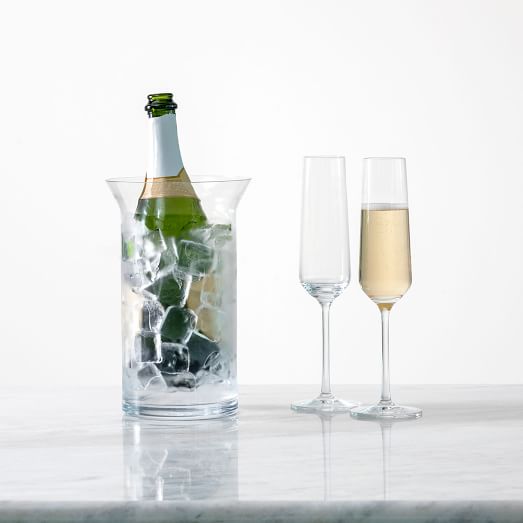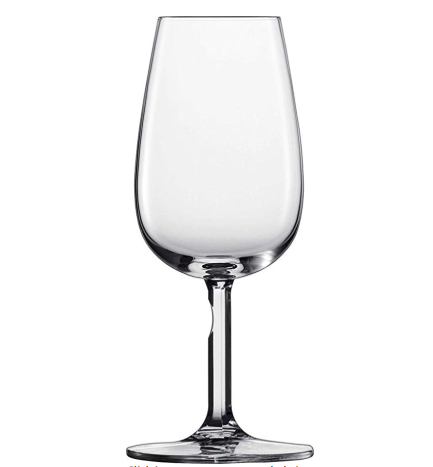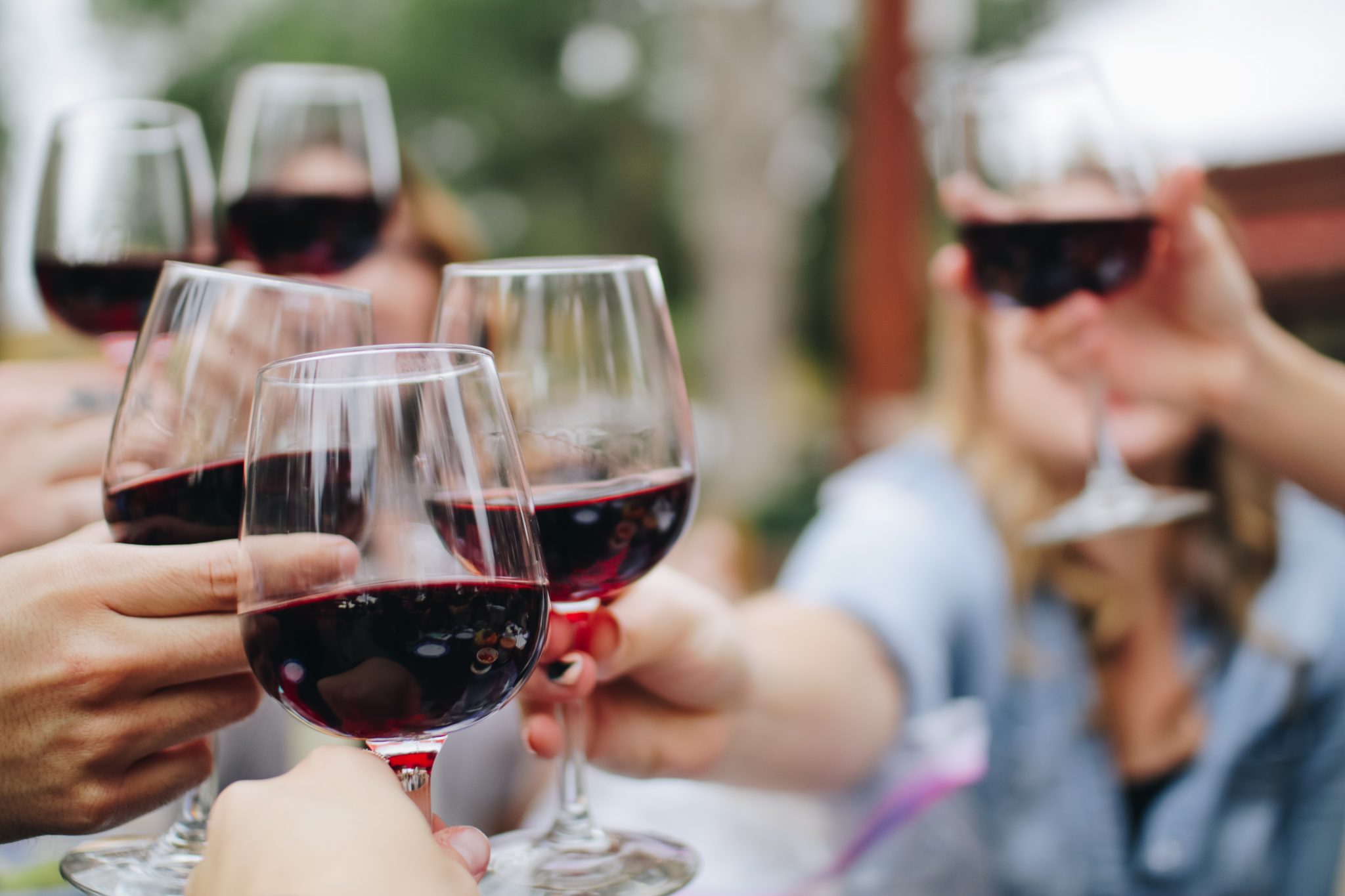
Large
Many experts agree that two types of glasses are necessary for red wine. For Bordeaux reds, a large wine glass with a broad bowl will help direct the wine to the back of the mouth. Burgundy wines need a glass with an even bigger broader bowl to direct the wine to the front of the tongue to fully taste the sweeter qualities of the wine. Broad bowls help the “spread & release” of the aromas (bouquet). Unless you are a professional wine snob, one broad bowl style of glass for red wines will suffice.

Small
White wine glasses will have a smaller mouth and less bulbous bowl. This helps maintain cooler temperatures of white wine.

Tall
Champagne glasses have the tall flute/tulip shape to help maintain and show off the bubbles. The champagne coupe is the small shallow glass. Many agree this glass is less than desirable to use because the wide mouth allows the bubbles to escape too quickly. Popular, but untrue, rumor associated with this style of glass is that it was modeled after Marie Antoinette or Madame de Pompadour’s breast. Not true, the glass was first made in England for champagne more than 100 years before these women existed.



